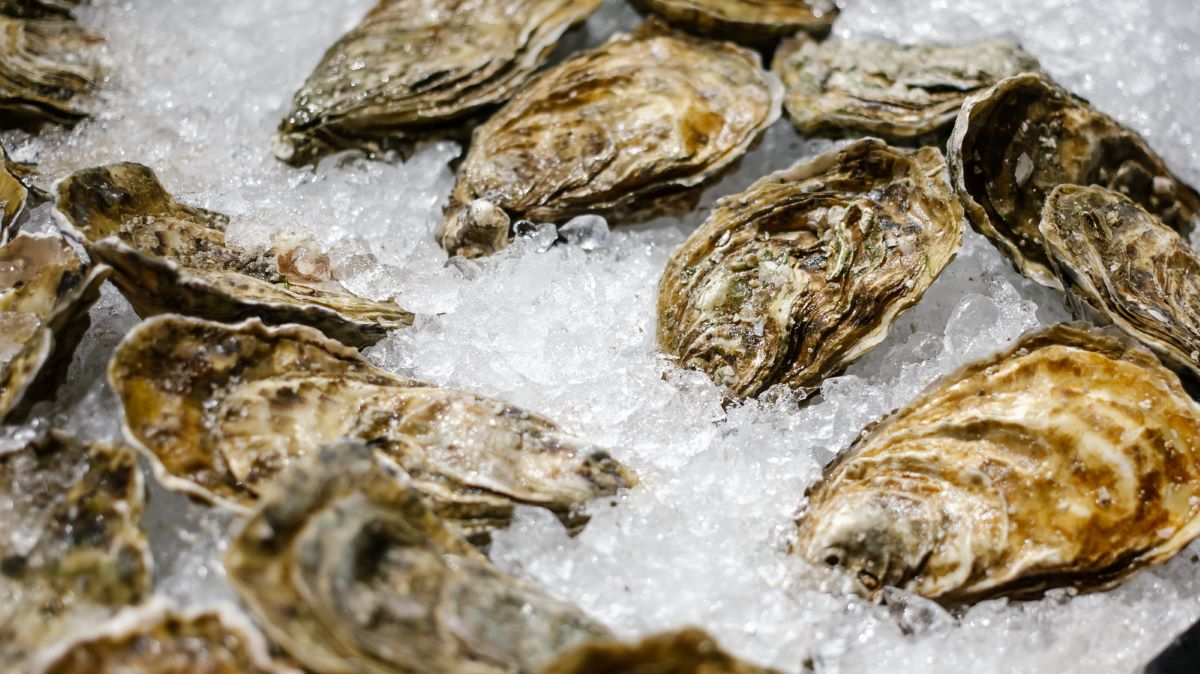

Articles
How To Store Oysters
Modified: January 18, 2024
Learn the best way to store oysters in this informative article. Discover essential tips and tricks for keeping your oysters fresh and delicious.
(Many of the links in this article redirect to a specific reviewed product. Your purchase of these products through affiliate links helps to generate commission for Storables.com, at no extra cost. Learn more)
Introduction
When it comes to enjoying the delicious taste of oysters, freshness is key. Whether you’ve just returned from a fruitful oyster-hunting expedition or you simply want to stock up on this delectable seafood, knowing how to store oysters properly is essential to maintain their flavor and quality.
By following a few simple guidelines, you can ensure that your oysters stay fresh and safe to consume for an extended period of time. From selecting the freshest oysters to storing them in the right conditions, this article will provide you with all the necessary information to keep your oysters in top shape.
So, let’s dive in and discover the best practices for storing oysters!
Key Takeaways:
- Keep oysters fresh by choosing tightly closed shells, a briny smell, and intact shells. Store in the fridge with a damp cloth and rotate regularly for up to a week of freshness.
- For extended storage, freeze shucked oysters in an airtight container for up to three months. Revive oysters before cooking by tapping, soaking, and discarding unresponsive ones.
Read more: How To Store Live Oysters
Choosing Fresh Oysters
Before diving into the storage process, it’s crucial to start with the freshest oysters possible. Here are some tips to help you select the best oysters:
- Buy oysters from reputable sources: Purchase your oysters from trusted seafood markets or vendors known for their high-quality products. This ensures that you get oysters that are fresh and sourced responsibly.
- Look for tightly closed shells: When choosing oysters, opt for ones with tightly closed shells. This is an indication that the oyster is still alive and fresh. Avoid any oysters with open or cracked shells, as they may not be safe to consume.
- Choose oysters with a briny smell: Give the oysters a sniff. Fresh oysters should have a clean and briny smell, similar to the ocean. Avoid oysters that have a strong fishy odor, as this may be a sign of spoilage.
- Check for intact shells: Ensure that the oysters have intact shells without any visible damage or cracks. Damaged shells can lead to contamination and spoilage. Additionally, avoid oysters with broken or missing hinges.
- Trust your instincts: Ultimately, trust your senses and instincts when selecting oysters. If something doesn’t feel right, it’s better to err on the side of caution and choose a different batch.
By following these guidelines, you can ensure that you start the storage process with the freshest oysters, setting the stage for a delicious culinary experience.
Prepping the Oysters
Before storing your oysters, it’s important to give them a little prep work to ensure they stay fresh and ready for consumption. Here are some steps to follow when prepping your oysters:
- Inspect and clean the shells: Examine each oyster for any dirt, mud, or debris on the shells. Use a scrub brush or a clean cloth to gently remove any impurities without damaging the shell. This step is especially important if you harvested the oysters yourself.
- Shuck the oysters (optional): If you prefer to store your oysters out of the shell, you can shuck them before storage. To shuck an oyster, insert an oyster knife into the hinge of the shell and pry it open. Carefully detach the oyster from the shell, being cautious not to spill any of the natural juices.
- Rinse the oysters: Once the oysters are shucked or if you prefer to store them in the shell, give them a quick rinse under cold running water. This will help remove any remaining dirt or sediment.
- Pat dry the oysters: Gently pat the oysters dry with a clean kitchen towel or paper towels. This will remove excess moisture, preventing them from becoming too damp during storage.
By following these simple steps, you are ensuring that your oysters are cleaned and ready for storage. Whether you choose to store them in the shell or shucked, proper preparation is key to maintaining their quality and flavor.
Storing Oysters in the Refrigerator
The refrigerator is an optimal environment for storing fresh oysters, as it helps maintain their temperature and slows down the growth of bacteria. Here’s how to store oysters in the refrigerator:
- Keep the oysters in a breathable container: Place the oysters in a container that allows for airflow, such as a mesh bag or a colander. This helps prevent moisture buildup, which can lead to spoilage.
- Place a damp cloth or paper towel over the oysters: To maintain the oysters’ moisture levels, cover them with a damp cloth or paper towel. This helps prevent them from drying out while in the refrigerator.
- Store the oysters in the coldest part of the fridge: Find the coldest spot in your refrigerator, usually the back or bottom shelf, and place the oysters there. Keep in mind that the temperature should be between 34°F and 40°F (1°C and 4°C).
- Check and rotate the oysters regularly: Every day or two, check the oysters for any spoiled or open ones. Remove any oysters that are no longer fresh. It’s also a good idea to rotate the oysters to ensure that they all receive equal cooling.
When stored properly in the refrigerator, fresh oysters can last for up to a week. However, it’s best to consume them as soon as possible to enjoy their optimal taste and texture.
Note: It’s vital to store oysters in the refrigerator, not the freezer, unless you plan to freeze them for long-term storage. The freezing process is different and will be discussed in the next section.
Storing Oysters in the Freezer
If you want to extend the shelf life of your oysters, freezing them is a suitable option. However, it’s essential to follow the correct freezing process to maintain their quality. Here’s how to store oysters in the freezer:
- Shuck the oysters (optional): Shucking the oysters is not necessary for freezing, but it can save space in the freezer. If you choose to shuck them, carefully detach the oyster from the shell, making sure to collect any natural juices.
- Place the oysters in an airtight container or freezer bag: Seal the oysters in an airtight container or freezer bag, making sure to leave some room for expansion. This prevents freezer burn and protects the oysters from absorbing odors from other foods.
- Label and date the container: To keep track of when the oysters were frozen and maintain proper rotation, label the container with the date of freezing. This ensures that you use the oldest oysters first.
- Store the oysters in the freezer: Place the container in the coldest part of the freezer, such as the back or bottom. The temperature should be set to 0°F (-18°C) or below.
When properly frozen, oysters can retain their quality for up to three months. However, it is recommended to consume them within one month for the best taste and texture.
After thawing frozen oysters, they are best used in cooked dishes rather than consuming them raw or on the half shell. Freezing can slightly change the texture, so they may not have the same freshness as unfrozen oysters.
Remember, it’s crucial to only freeze fresh oysters. Freezing will not revive oysters that are already spoiled or of poor quality.
Store oysters in the refrigerator at a temperature between 35-45°F. Keep them in a mesh bag or on a tray with the cup side down to prevent them from drying out. Place a damp towel over them to maintain moisture.
Read more: How To Store Fresh Oysters
Storing Oysters in the Shell
Storing oysters in their shells is a common and effective way to maintain their freshness and flavor. Here’s how to store oysters in the shell:
- Inspect the shells: Before storing, ensure that all the shells are tightly closed. Discard any oysters with open or cracked shells, as they may be unsafe to consume.
- Place the oysters in a container: Line a shallow container with a damp cloth or paper towels. This helps keep the oysters moist and prevents them from drying out.
- Arrange the oysters in the container: Arrange the oysters in a single layer, making sure they are not touching each other. This prevents any damage to the shells and allows for proper airflow.
- Cover the container: Place a damp cloth or lid over the container to retain moisture and maintain the oysters’ freshness. Avoid sealing the container tightly to allow for some airflow.
- Store in the refrigerator: Place the container in the coldest part of the refrigerator, ideally between 34°F and 40°F (1°C and 4°C).
- Check the oysters regularly: Every day or two, inspect the oysters for any signs of spoilage or open shells. Remove any oysters that are no longer fresh.
When stored properly in their shells, oysters can remain fresh for up to a week. It’s essential to consume them as soon as possible for the best taste and quality.
Remember, oysters are living organisms, and they rely on oxygen to survive. Storing them in the shell allows them to retain their natural juices and flavors until you’re ready to enjoy them.
Storing Shucked Oysters
If you prefer to shuck your oysters before storage, it’s important to handle them with care to maintain their freshness. Here’s how to store shucked oysters:
- Inspect and clean the oysters: Before shucking, examine each oyster for any visible signs of spoilage or damage. Discard any oysters that are open, have a foul odor, or appear slimy.
- Shuck the oysters: Use a clean oyster knife to carefully open the shells. Collect the oyster liquid, known as liquor, in a separate clean container.
- Strain the liquor: Pass the collected liquor through a fine-mesh strainer to remove any shell fragments or debris. This step helps maintain the purity and quality of the liquor.
- Place the shucked oysters in a container: Transfer the shucked oysters to a clean, airtight container. Pour the strained liquor over the oysters, covering them completely. Leave some headspace in the container to allow for expansion.
- Seal and refrigerate: Seal the container tightly and place it in the refrigerator. It’s best to keep the temperature between 34°F and 40°F (1°C and 4°C).
- Check and use within a few days: Check the shucked oysters daily for any signs of spoilage, such as an off odor or sliminess. Use them within a few days to enjoy their best quality.
When stored properly, shucked oysters can retain their freshness and flavor for a short period. It’s important to consume them as soon as possible for the optimal taste and texture. Avoid storing shucked oysters for an extended period, as their quality may deteriorate rapidly.
Note: Shucked oysters are more delicate and susceptible to spoilage than oysters in the shell. Therefore, it’s essential to follow proper storage guidelines to ensure their safety and enjoyment.
Reviving Oysters before Cooking
Sometimes, oysters may appear slightly sluggish or closed before cooking, indicating that they are in a dormant state. To revive them and ensure they are alive and fresh, follow these steps:
- Clean the shells: Rinse the oysters under cold running water to remove any dirt or debris. Use a scrub brush or a clean cloth to gently clean the shells without damaging them.
- Tap the oysters: Gently tap each oyster on a hard surface. This can help stimulate a response from the oyster and encourage it to close or react.
- Soak the oysters in saltwater or seawater: Prepare a bowl of saltwater or seawater by dissolving sea salt in cool water. Submerge the oysters in the saltwater and let them sit for about 10 to 15 minutes. This replicates their natural environment and encourages them to “breathe” and expel any sand or impurities.
- Observe the reaction: After soaking, observe the oysters. They should begin to gradually open and close their shells. This indicates that they are alive and responsive.
- Discard any unresponsive oysters: If there are any oysters that remain open or unresponsive after the soaking process, discard them. It’s crucial to work with live and healthy oysters for safe consumption.
Reviving the oysters before cooking ensures that they are fresh and alive, guaranteeing their quality and safety. Once they have demonstrated signs of responsiveness, you can proceed with your chosen cooking method, whether it’s grilling, steaming, or enjoying them on the half shell.
Remember, oysters should only be consumed when they are alive or freshly shucked. If an oyster is open and does not respond to tapping or soaking, do not consume it, as it may be unsafe.
Tips for Proper Oyster Storage
To ensure the best quality and flavor of your oysters, here are some additional tips to keep in mind when storing them:
- Do not store oysters in water: While it may seem logical to keep oysters submerged in water, this can lead to a loss of flavor and potential spoilage. Oysters should be stored in a breathable container with a damp cloth or paper towel to maintain their moisture level.
- Use fresh oysters promptly: Oysters are highly perishable and best enjoyed when fresh. Whenever possible, plan to consume them soon after purchase or harvest to experience their peak flavor.
- Avoid exposure to direct sunlight: Oysters are sensitive to heat and direct sunlight. Store them in a cool, dark place, such as in the refrigerator or a cool cellar, to prevent them from overheating or drying out.
- Keep oysters away from strong odors: Oysters can easily absorb surrounding odors. Avoid storing them near strong-smelling foods, such as onions, garlic, or highly fragrant herbs, as these aromas can taint their delicate flavor.
- Consider storing live oysters in a shallow pan: If you prefer to keep the oysters alive until consumption, place them in a shallow pan with the flat side of the shell facing down. This prevents them from tipping over and losing their precious juices.
By following these tips, you can ensure that your oysters remain fresh, safe to consume, and bursting with delicious flavor.
Lastly, always consult local guidelines and regulations for storing and consuming seafood to ensure compliance with health and safety standards.
Read more: How To Store Oysters In A Cooler
Conclusion
Knowing how to properly store oysters is essential in preserving their freshness, texture, and flavor. Whether you’ve just collected a bountiful harvest of oysters or purchased them from a trusted seafood market, following the right storage techniques ensures that you can enjoy their delicious taste for as long as possible.
By choosing the freshest oysters, prepping them carefully, and storing them in the appropriate conditions, you can maximize their shelf life and maintain their quality. Whether you opt for storing oysters in the refrigerator, freezer, in or out of their shells, each method has its advantages and considerations.
Remember to inspect your oysters regularly, discard any that show signs of spoilage, and use your stored oysters as soon as possible for the best taste experience. Reviving oysters before cooking ensures that you are working with live, fresh oysters and guarantees the safest and most enjoyable culinary outcome.
Whether you’re planning to grill, steam, or indulge in their raw glory, taking the time to store oysters properly ensures that they remain a delectable treat for you and your loved ones.
So, the next time you have oysters on hand, use these storage tips to maintain their quality, and enjoy the remarkable flavors that these delicate treasures of the sea have to offer.
Frequently Asked Questions about How To Store Oysters
Was this page helpful?
At Storables.com, we guarantee accurate and reliable information. Our content, validated by Expert Board Contributors, is crafted following stringent Editorial Policies. We're committed to providing you with well-researched, expert-backed insights for all your informational needs.
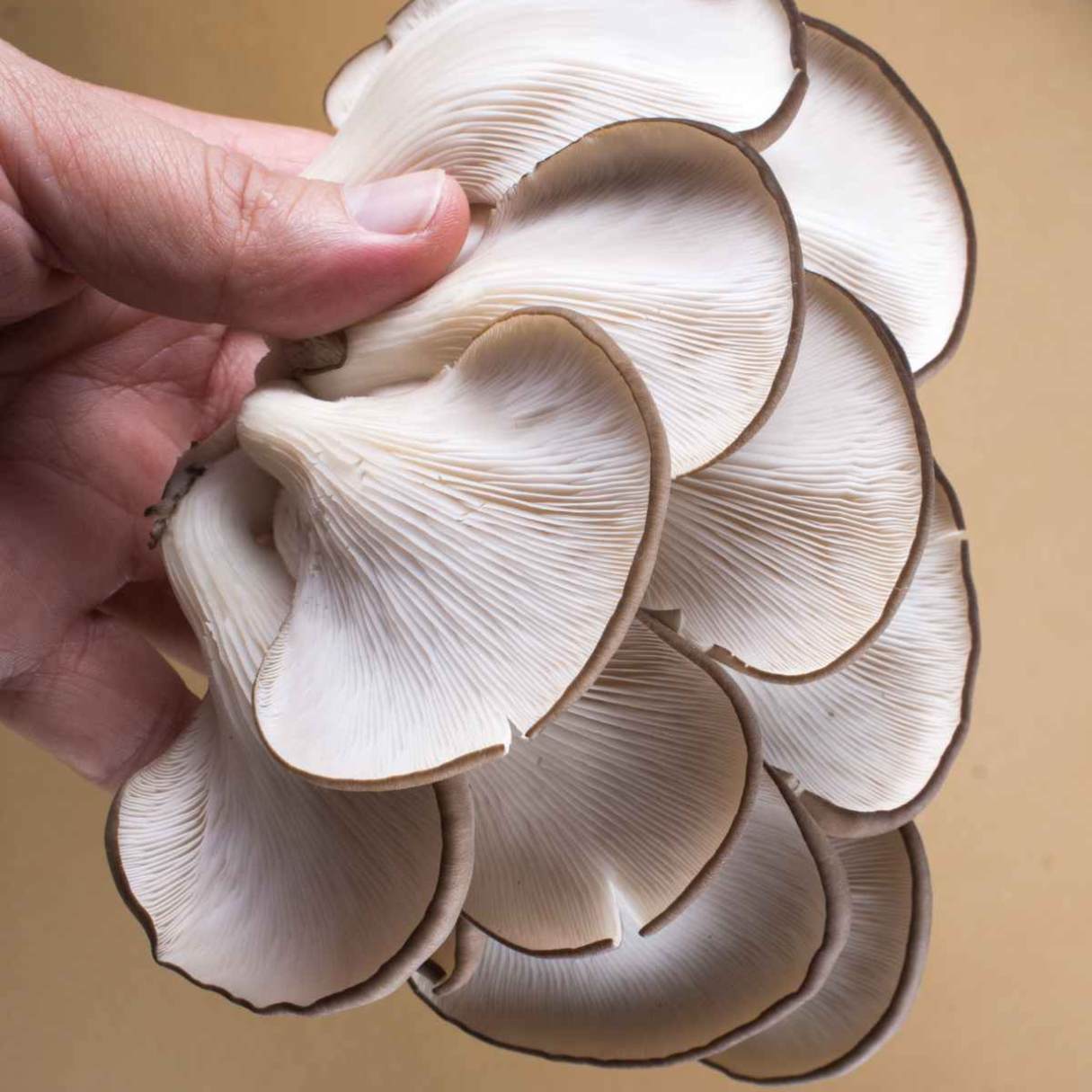

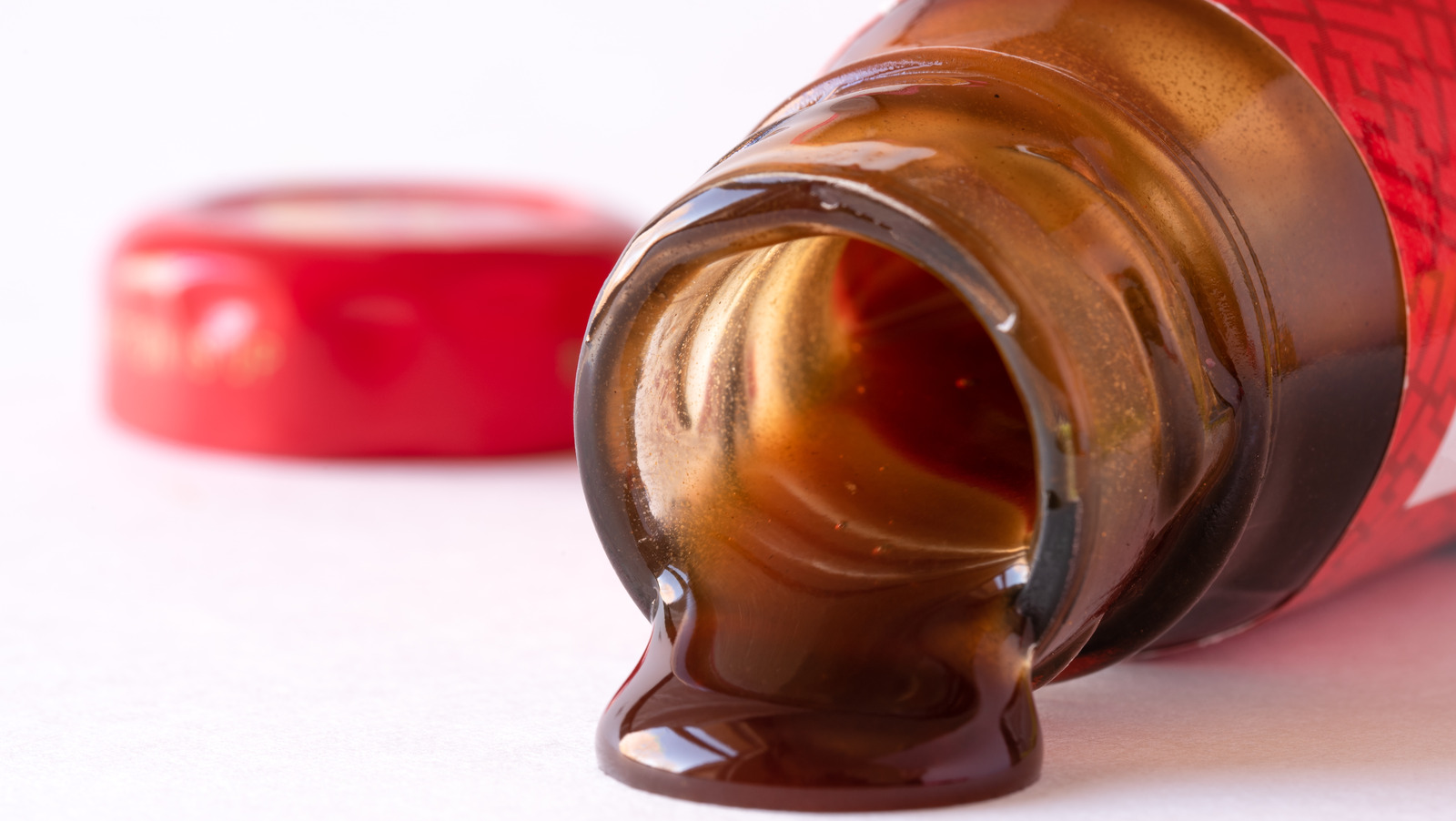
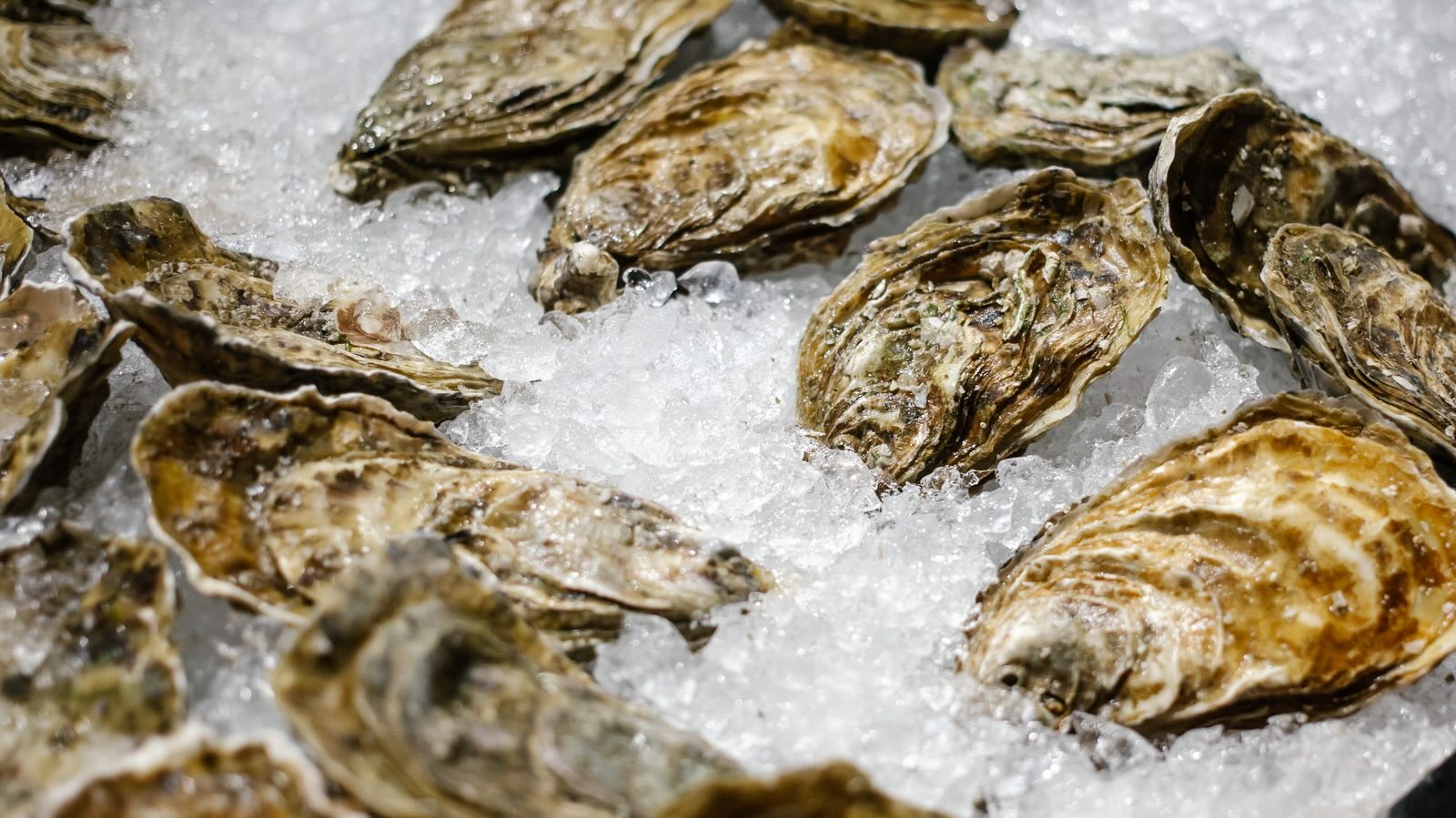
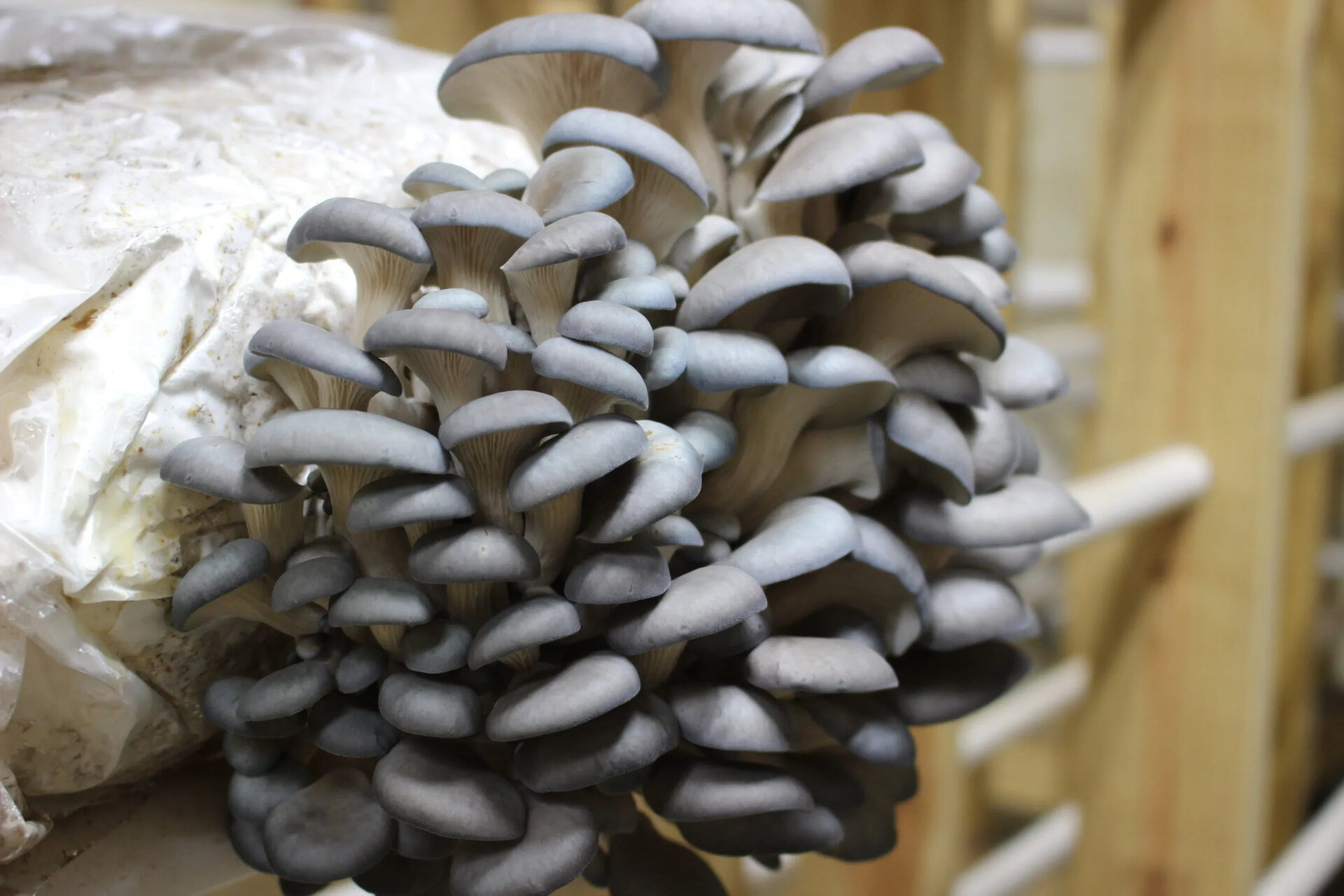
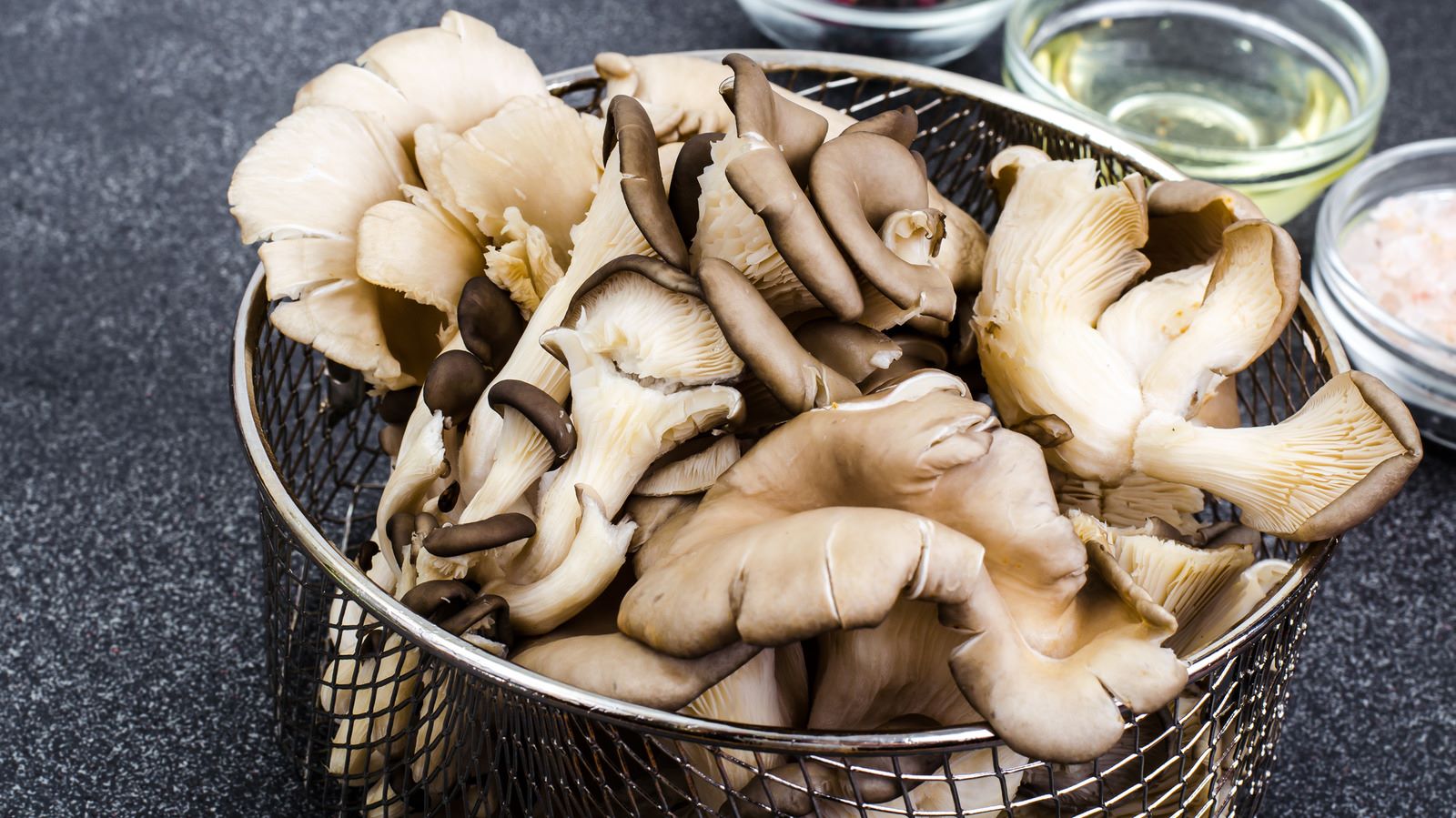
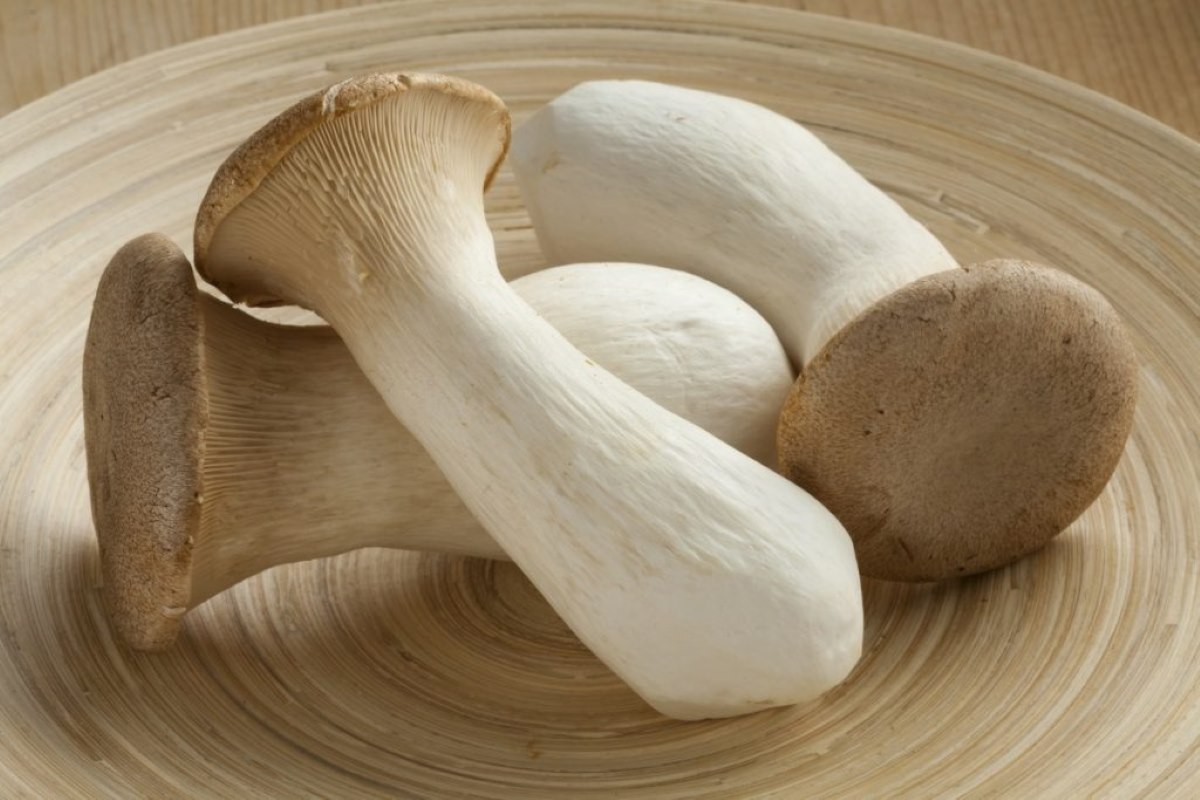

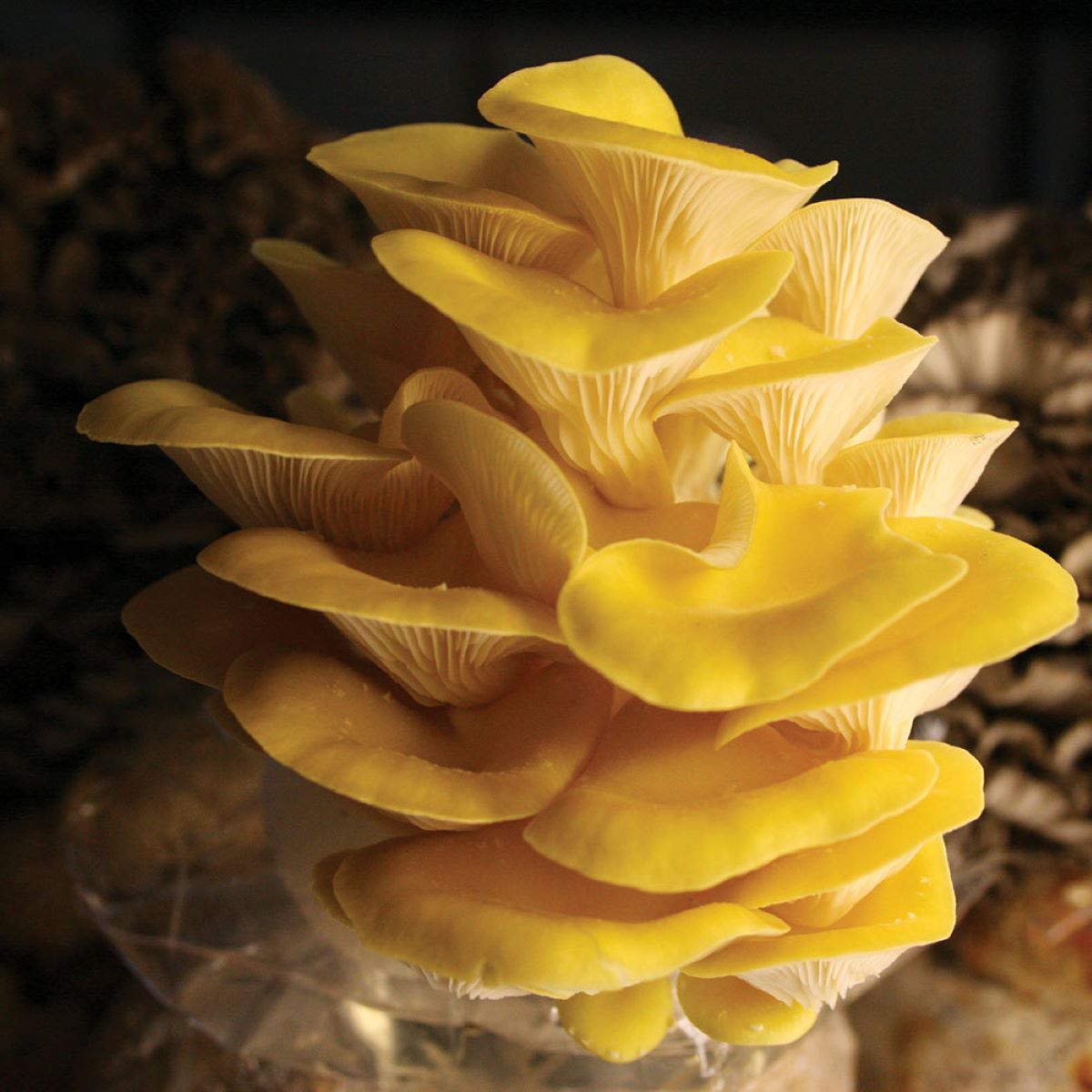



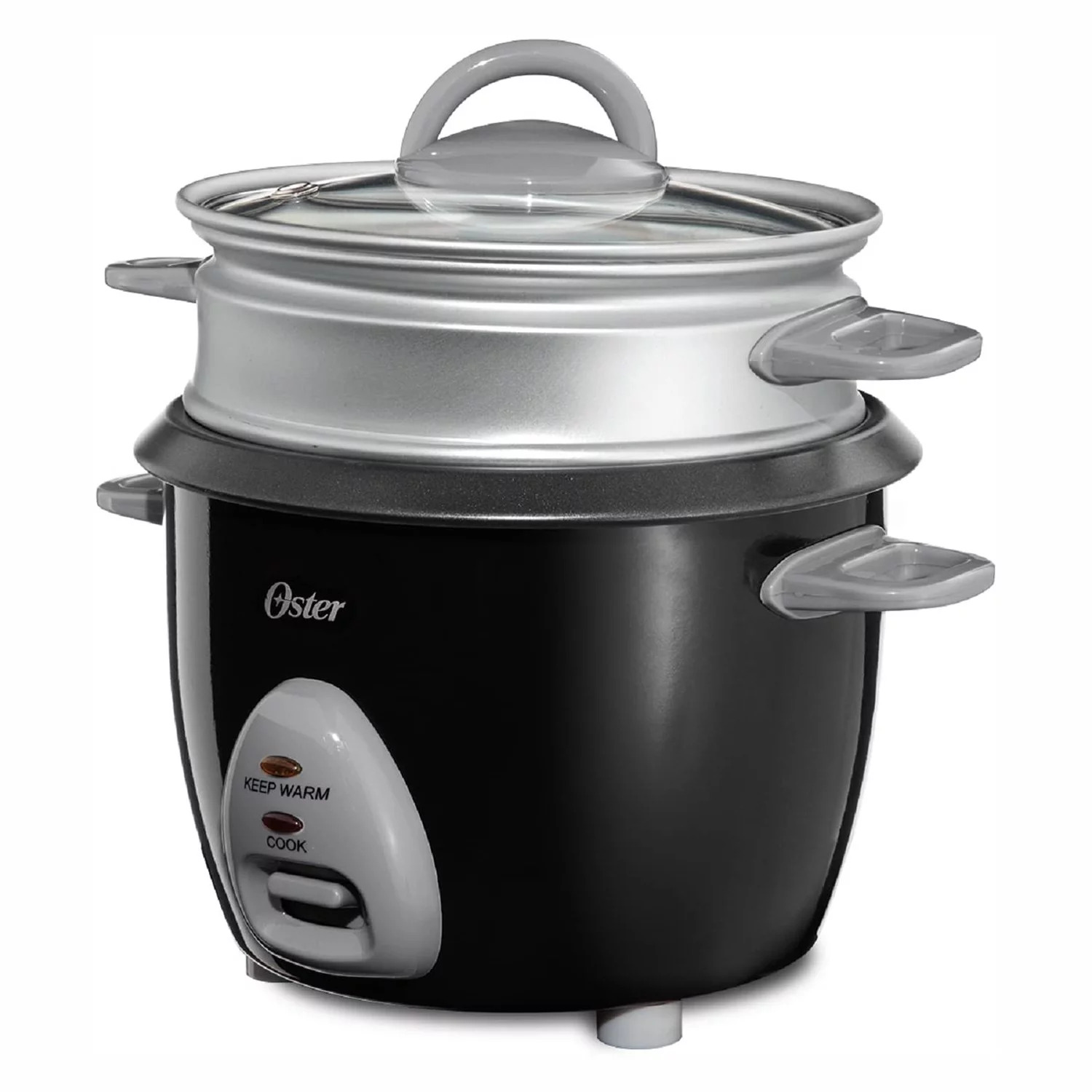

0 thoughts on “How To Store Oysters”